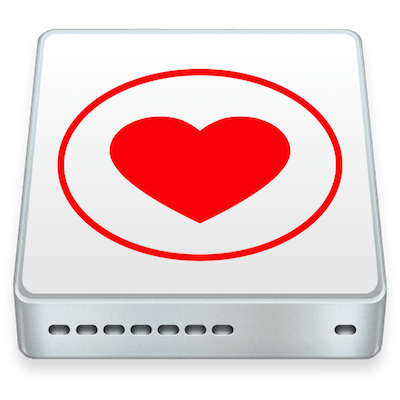

ATTRIBUTE_NAME: attribute names defined by a drive manufacturer.ID#: attribute ID, usually a decimal (or hex) number between 1 and 255.This table is automatically populated and updated by drive firmware. The next thing you will want to look at is the SMART attribute table, as shown below.īasically, SMART attribute table lists values of a number of attributes defined for a particular drive by its manufacturer, as well as failure threshold for these attributes.

In the latter case, a hardware failure is imminent, so you may want to start backing up your important data from that drive! The result of this test can be either PASSED or FAILED. SMART overall-health self-assessment rest result: PASSED Among other things, READ SMART DATA section shows the overall health status of the drive. The SMART information for a disk consists of several sections. You can ommit it if SMART support is already enabled for /dev/sda. In this command, -s on flag enables SMART on the specified device. You can examine the health status of a particular hard drive with: # smartctl -s on -a /dev/sda That being said, an ATA-7 hard drive is the safest choice for a replacement part in this case.

In cases where the device version and interface version don't match, they work together at the capabilities of the lesser of the two. For example, older ATA-1 or ATA-2 devices work fine on ATA-6 and ATA-7 interfaces, but unfortunately, that is not true for the other way around. Each ATA version is backward compatible with the previous versions. # smartctl -info /dev/sdaĪlthough the ATA version information may seem to go unnoticed at first, it is one of the most important factors when looking for a replacement part. In this example, we will choose /dev/sda. To display information about a particular hard disk (e.g., device model, S/N, firmware version, size, ATA version/revision, availability and status of SMART capability), run smartctl with -info flag, and specify the hard drive's device name as follows. Where sdx indicate device names assigned to the hard drives installed on your machine.
#DISK HEALTH CHECK INSTALL#
For Ubuntu, Debian and Derivatives: # aptitude install smartmontoolsįor CentOS, RHEL or Fedora: # yum install smartmontoolsįirst off, list the hard drives connected to your system with the following command: # ls -l /dev | grep -E 'sd|hd' Installation of smartmontools is straightforward as it available in base repositories of most Linux distros. This tutorial will provide installation and configuration guide for smartmontools on Linux. Together, they will provide advanced warnings of disk degradation and failure on Linux platforms. The smartmontools consists of two utility programs called smartctl and smartd. The purpose of SMART is to monitor the reliability of the hard drive, to predict drive failures, and to carry out different types of drive self-tests. Most modern ATA/SATA, SCSI/SAS, and solid-state hard disks nowadays come with the SMART system built-in.
#DISK HEALTH CHECK SOFTWARE#
To avoid running into this kind of setbacks, you can try smartmontools which is a software package that manages and monitors storage hardware by using Self-Monitoring, Analysis and Reporting Technology (S.M.A.R.T. Backups and storage technologies such as RAID can get you back on your feet in no time, but the cost associated with a sudden loss of a hardware device can take a considerable toll on your budget, especially if you haven't planned ahead of time what to do in such circumstances. If there is something that you never want to happen on your Linux system, that is having hard drives die on you without any warning.
#DISK HEALTH CHECK HOW TO#
How to check hard disk health on Linux using smartmontools


 0 kommentar(er)
0 kommentar(er)
